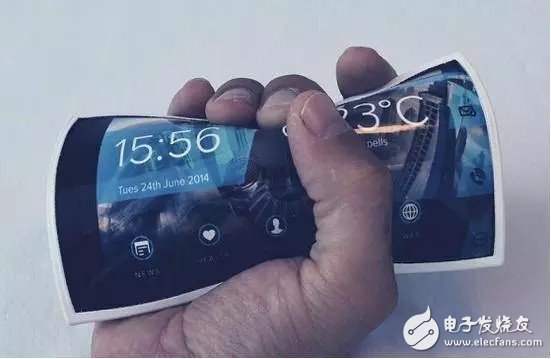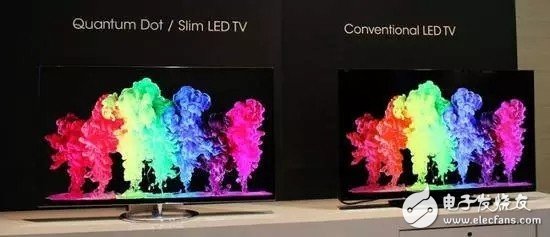With the proliferation of high technology, some new hardware, new software, new technologies, new processes, and new materials that make people feel "unclear" are gradually appearing in our field of vision, thus leading people into the "black technology" era. The same is true in the display field.
At present, the display technology is changing with each passing day, and some high-precision display technologies are gradually being introduced into the market. At the same time, the existing display market is gradually being eroded and divided. This is like the rise of LED displays, and gradually eroding the LCD and DLP markets. The emergence of newer display technologies will also threaten the original LED display market.
Let's take a look at the six brain-burning technologies that have emerged in the display field in recent years.
Laser holographic 3D display technology

Laser holographic 3D projection technology, holographic 3D projection technology, can be called the real 3D technology, is the most important development direction of 3D technology. The current 3D imaging of various 3D TVs and movies is produced by the poor visual of human beings. It cannot be counted as true 3D. In the process of using, there will be many sequelae, such as watching for a while, will Dizziness and other reactions. Holographic 3D projection technology has a wide range of uses for advertising, crafts, exhibitions, fairs, travel, parks, businesses, religions and other public relations activities. It can replace any existing display device and is very appealing and Very unique effect.
Flexible screen display technology

The pursuit of flexible display screens is actually derived from the pursuit of portable electronic products. Especially for notebooks, monitors and even TVs.
At present, the flexible screen can't reach the same level as in the science fiction film, only a slight bend can be made. Moreover, the corresponding circuits, electronic components, batteries, and the like are not bendable at will, which greatly limits the practical application of the flexible screen. Moreover, under certain circumstances, the actual experience of the screen effect displayed by the screen curvature will also receive a certain image.
Quantum dot display technology

Quantum Dot is an extremely small inorganic nanocrystal that is invisible to the naked eye. Whenever it is stimulated by light, the quantum dots emit very pure colored light. Backlights using quantum dot materials are currently the purest color backlights. Quantum dot TV uses the purest quantum dot source as the backlight, revolutionizing the implementation of full color gamut display, the most authentic color reproduction.
Quantum dots are also an organic material. Therefore, quantum dot display technology has many problems with OLEDs, but quantum dot displays do not need to worry about color accuracy at all. In this regard, it even exceeds OLED displays. However, since quantum dots still rely on backlights, the accuracy and contrast of dark black still has similar disadvantages to existing LCD screens.
Cement resistance: is the resistance wire wound on the alkali heat-resistant porcelain, coupled with heat resistant, resistant to wet outside fixed protection and corrosion resistance of the materials and the winding resistance into the square porcelain box body, using special incombustible cement packing seal.The outside of cement resistance is mainly made of ceramic materials (generally divided into high alumina porcelain and feldspar porcelain).
Cement Resistor,Thermal Cement Resistor,Thin Film Cement Resistor,Winding Cement Resistor,Fusing Cement Resistor
YANGZHOU POSITIONING TECH CO., LTD , https://www.yzpstcc.com